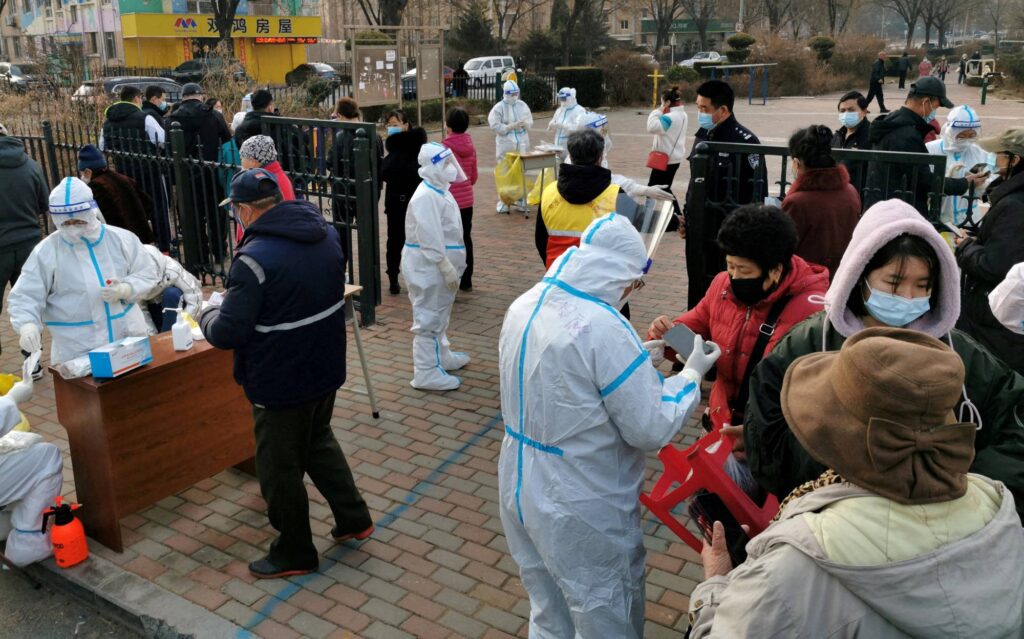The BF.7 sub-variant of Omicron that is prevalent in China is thought to be the cause of the present spike in Covid-19 infections there. This isn’t the first time BF.7 has been in the spotlight; back in October, it began to displace the main variations in the US and several other European nations.

As the main stem of the SARS-CoV-2 tree sprouts branches and sub-branches, so do viruses when they change, creating lineages and sub-lineages. The Omicron sub-lineage BA.5 and the BF.7 are identical. The latter is also known as BA.5.2.1.7.
The BF.7 sub-variant has a 4.4-fold higher neutralisation resistance than the original D614G variant, according to a study published in the journal “Cell Host and Microbe” earlier this month. This means that in a lab setting, antibodies from a vaccinated or infected individual were less likely to destroy BF.7 than the original Wuhan virus that spread throughout the world in 2020.
However, the study found that another Omicron sub-variant named BQ.1 had a more than 10-fold higher neutralisation resistance than BF.7, which is not the most resilient sub-variant.
A variant is more likely to propagate in a population and supplant other variants if it has a higher neutralisation resistance.
In October, BF.7 was the cause of more than 5% of cases in the US and 7.26% of cases in the UK. Scientists in the West were actively monitoring the mutation, but there was no noticeably higher number of cases or hospitalisations in these nations.
The BA.1 and BA.2 sub-variants of Omicron were responsible for the January 2022 wave in India. India experienced very few cases of BF.7 since the subsequent sub-variants BA.4 and BA.5 were never as common there as they were in European nations (which is an offshoot of BA.5).
Data from India’s national SARS-CoV-2 genome sequencing network show that just 2.5% of cases in November were caused by BA.5 lineages. Recombinant variation XBB, which accounted for 65.6% of all cases in November, is currently the most prevalent variant in India.
According to experts, the rise in cases in China was not caused by the BF.7 variant’s increased transmissibility or immunological evasiveness, but rather by an immune-naive population.
According to the WHO dashboard, China has a high immunisation rate of 235.5 doses per 100 people. However, China was one of the first nations in the world to create and provide its citizens immunisations, and those vaccines were created to protect against the original coronavirus type.
Since the start of 2020, the virus has undergone numerous mutations, and the Omicron versions are known to subvert the immunological response induced by the majority of currently available vaccinations.
Source: The Hindu
